Black felt body measuring 19 cm in height. Crown in strong, waxed cow leather, with a diameter of 23 cm folded over the felt to a height of 4 cm. At the bottom of the felt, a plain cow leather chin strap, 2.5 cm wide, is sewn with a black lacquered iron buckle and its prong at the back, with a buckle height of 2.6 cm and a width of 2.2 cm. Below this buckle, a plain calf leather loop is attached to facilitate the strap's movement. A rounded leather peak made of strong, varnished cow leather is stitched at the front of the shako, with a width of 5.5 cm.
An embossed brass plate (or badge) affixed to the front, depicting a crowned imperial eagle holding Jupiter's thunderbolt in its claws resting on a shield-shaped base with the number "114" inscribed in the center; the shield is flanked at each end by a lion's head, at the bottom by oak and laurel branches highlighted with vertical grooves, 13 cm in height and 11 cm in width.
Tri-color painted leather cockade placed above the plate fixed to the shaft with a clip on each side. Diameter of 6.4 cm. White circle on the outside, followed by red and blue at the center.
Below the cockade, a sleeve for a plume is attached by a seam on the shaft.
Chin scales. On each side of the shako, a chin strap is installed, composed of a double sheepskin strap, on which 16 brass scales are mounted, alternately cut in two or three scallops, the last one being circular-shaped at the end. The first scale is 3.6 cm wide, the second slightly less, gradually decreasing to the last, which is 1.7 cm wide. Each scale is secured by a flat wire. The chin strap is fastened by a rosette, referred to in the 1812 regulation as a "large button" of the same metal as the strap, with a diameter of 3.9 cm, stamped in the center with a flaming bomb. Each chin strap is finished with a canvas cord.
Interior lining in black sheepskin, measuring 4.4 cm in height.
France.
First Empire.
Very good condition, the part of the crown folded over the shaft has holes on each side originally used to secure a cord, a chin strap lace present but detached, interior lining worn and missing the canvas.
PROVENANCE:
Former collection of Hippolyte Marie-Joseph Boivin (Guermantes, September 8, 1857, Bouvresse, June 19, 1912).
This late 19th-century scholar built a very important collection of patriotic faience pieces, which were exhibited several times in French museums.
Hippolyte Boivin, a devoted collector, amassed faience pieces from Rouen, Marseille, Strasbourg, Delft, Nevers; enamel dial watches from the First Empire; ancient limbs; Norman and Picardian cabinets and clocks; trunks and clocks from various periods; tapestries; and traditional noise-makers from all over France and even abroad.
His grandson recounts that H. Boivin and his wife traveled from village to village, purchasing items that piqued their interest. These acquisitions enriched his own collections and those of the Beauvais museum, where he served as curator from 1889 to 1912. In his collecting endeavors, he also developed a passion for military memorabilia, particularly headgear, brasswork, bridle bits, and various historical relics.
He had a gallery constructed in his garden to house his military collections, which were later displayed in the "Boivin room" at the Dejean Barracks in Amiens, destroyed during World War II. Hippolyte Boivin showed a strong preference for patriotic faience by reproducing through drawings and watercolors the pieces he had collected. Two reasons could explain his fondness for such items: firstly, his family's exile from Champagne during the 1870 German invasion may have instilled in him an appreciation for patriotic and military objects; secondly, his maternal grandfather's profession as a stoneware pottery maker in La Chapelle-aux-Pots could have further fueled his interest in ceramics.
The objects composing this enlightened amateur's collection were all acquired opportunistically "in the field," particularly during the collection period from the fall of Napoleon III to the eve of the Great War, thus preserving their homogeneity.
HISTORY:
The 114th Infantry Regiment (114th RI) is an infantry regiment of the French Army created during the Revolution from the 114th half-brigade of the first formation.
4 floréal year III (April 23, 1795): Creation of the 114th infantry half-brigade.
March 16, 1796: Dissolution of the 114th half-brigade of the first formation.
1800: the Italian Legion, created by Jean-Henri Dombrowski in 1796 and consisting of Polish volunteers serving the French Army to fight against the countries that had partitioned Poland from 1772-1795, was renamed the 114th infantry half-brigade.
September 24, 1803: Renamed the 114th Line Infantry Regiment.
1808: Dissolved and integrated into the Vistula Legion.
August 30, 1808: Creation of the 114th Line Infantry Regiment at the Miranda de Ebro camp in Spain.
May 12, 1814: After the fall of Napoleon I, Louis XVIII restructured the army and reduced the regiments. The battalions of the 114th were disbanded and distributed among new regiments.
In accordance with the laws of February 21 and August 12, 1793, and the decree of the Convention of nivôse year II (January 8, 1794), efforts were made to integrate line troops with volunteer battalions.
4 floréal year III (April 23, 1795): Creation of the 114th infantry half-brigade from the merger of the 2nd battalion of the 57th infantry regiment (formerly Beauvoisis), the 10th volunteer battalion of Gironde, and the 14th volunteer battalion of Gironde, attached to the Army of the Eastern Pyrenees.
1795: Fought in Spain (Tolosa, Pamplona). The 114th half-brigade, which had campaigned from 1794 to 1796, was incorporated into the 35th half-brigade of the second formation during the second merger. Consequently, the number 114 was dissolved and remained vacant.
August 21, 1808: Creation of the 114th Line Infantry Regiment at the Miranda de Ebro camp in Spain, with the 1st and 2nd provisional regiments of the Spanish Army, which had themselves been created on November 5, 1807. It engaged in 30 battles, 11 sieges, and 7 assaults. Four battles are listed on its standard.
- 1808: Battle of Medina de Rioseco (July 3). The regiment was part of Musnier's division (114th and 115th RI, with the 1st regiment of the Vistula Legion). Battle of Tudela (November 23), Siege of Saragossa (December to May 1809).
- 1809: Maria (June 15), Belchite (June 18).
- 1810: Capture of Lleida (April 23-24), Tortosa (late December).
- 1811: Capture of Montserrat (July 25), Capture of Valencia (late December).
- 1812: Battle of Castalla (July 21).
- 1813: The 114th was part of Marshal Suchet's army.
On May 12, 1814, the 114th Line Infantry Regiment was disbanded, and in accordance with Article 5 of the ordinance of May 12, 1814:
The 1st battalion was merged into the Angoulême regiment.
The 2nd battalion was merged into the Colonel-General regiment.
The 3rd and 6th battalions were merged into the 56th Line Infantry Regiment.
The 4th battalion was merged into the 11th Line Infantry Regiment.
The 5th battalion was merged into the 41st Line Infantry Regiment.




























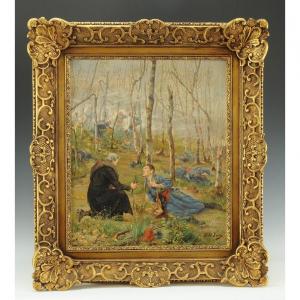





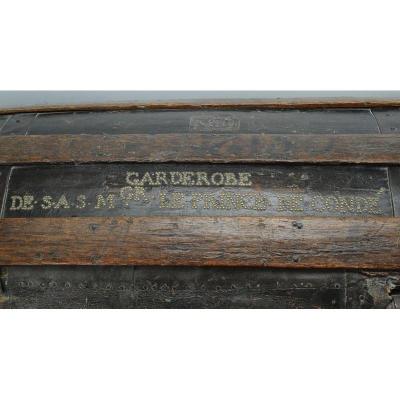
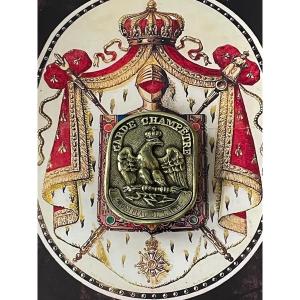


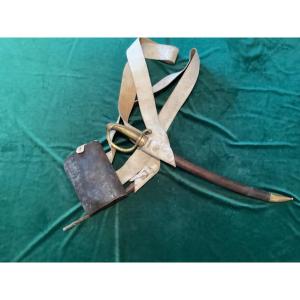
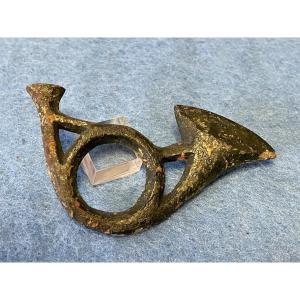



 Le Magazine de PROANTIC
Le Magazine de PROANTIC TRÉSORS Magazine
TRÉSORS Magazine Rivista Artiquariato
Rivista Artiquariato